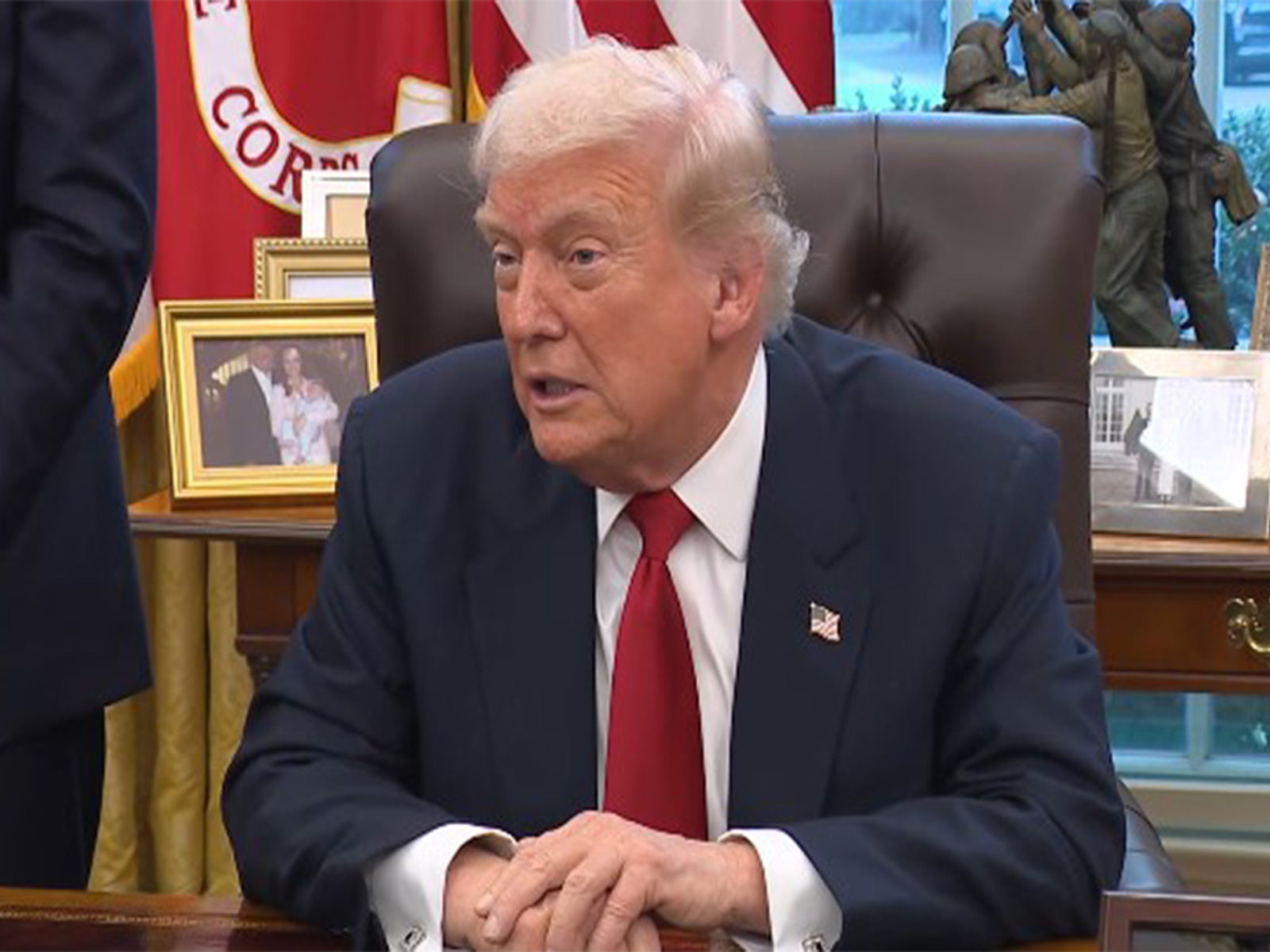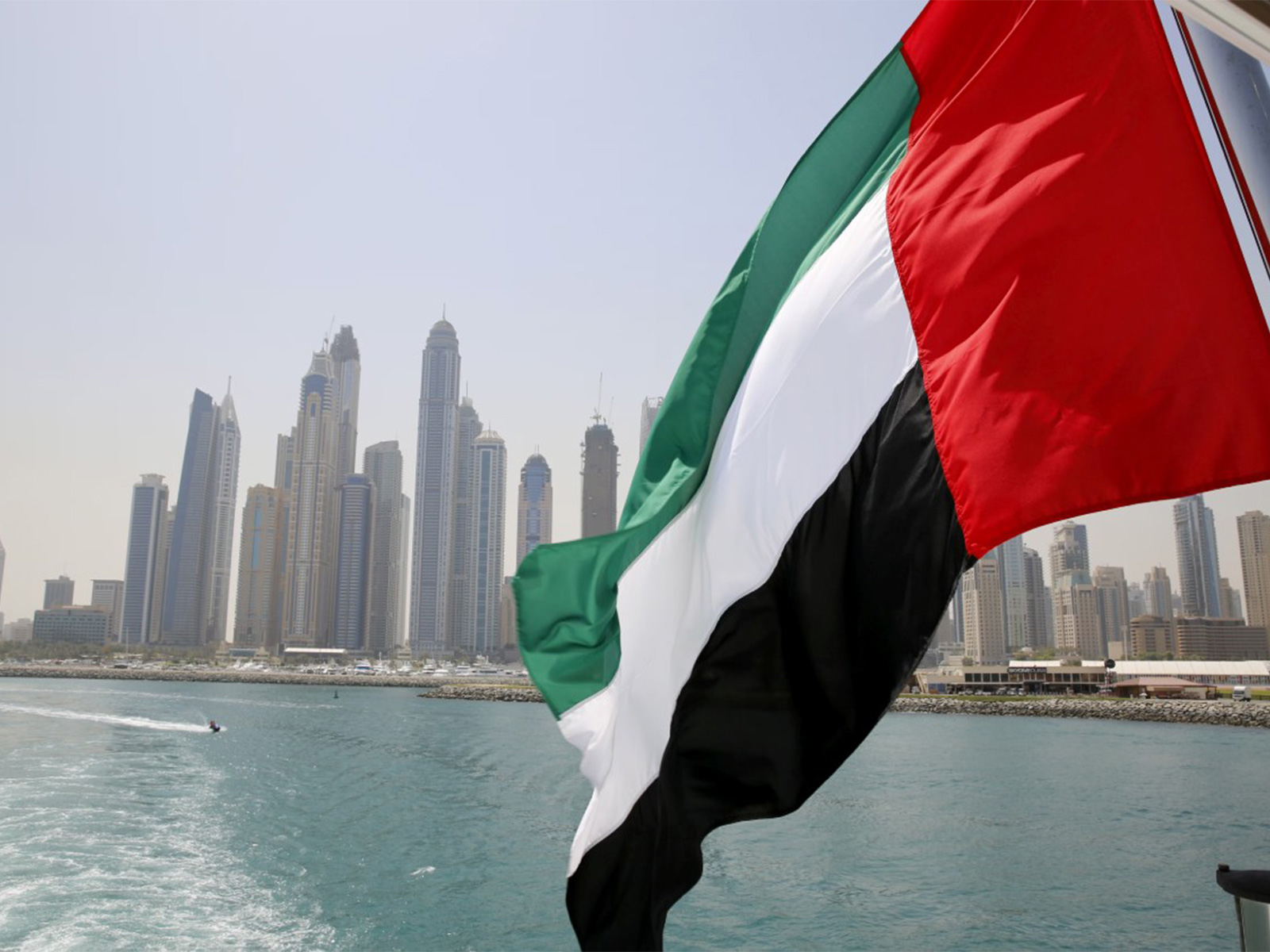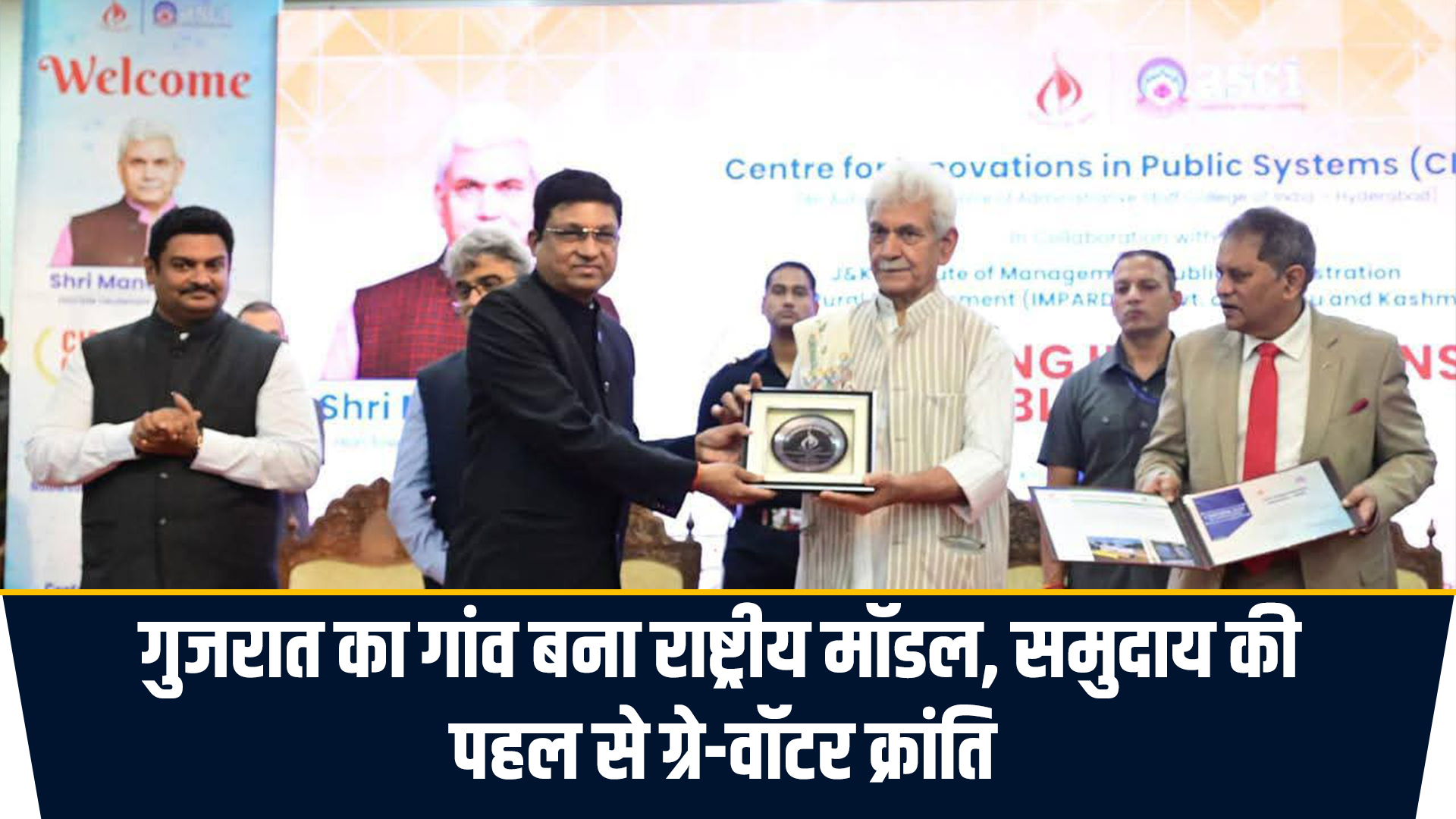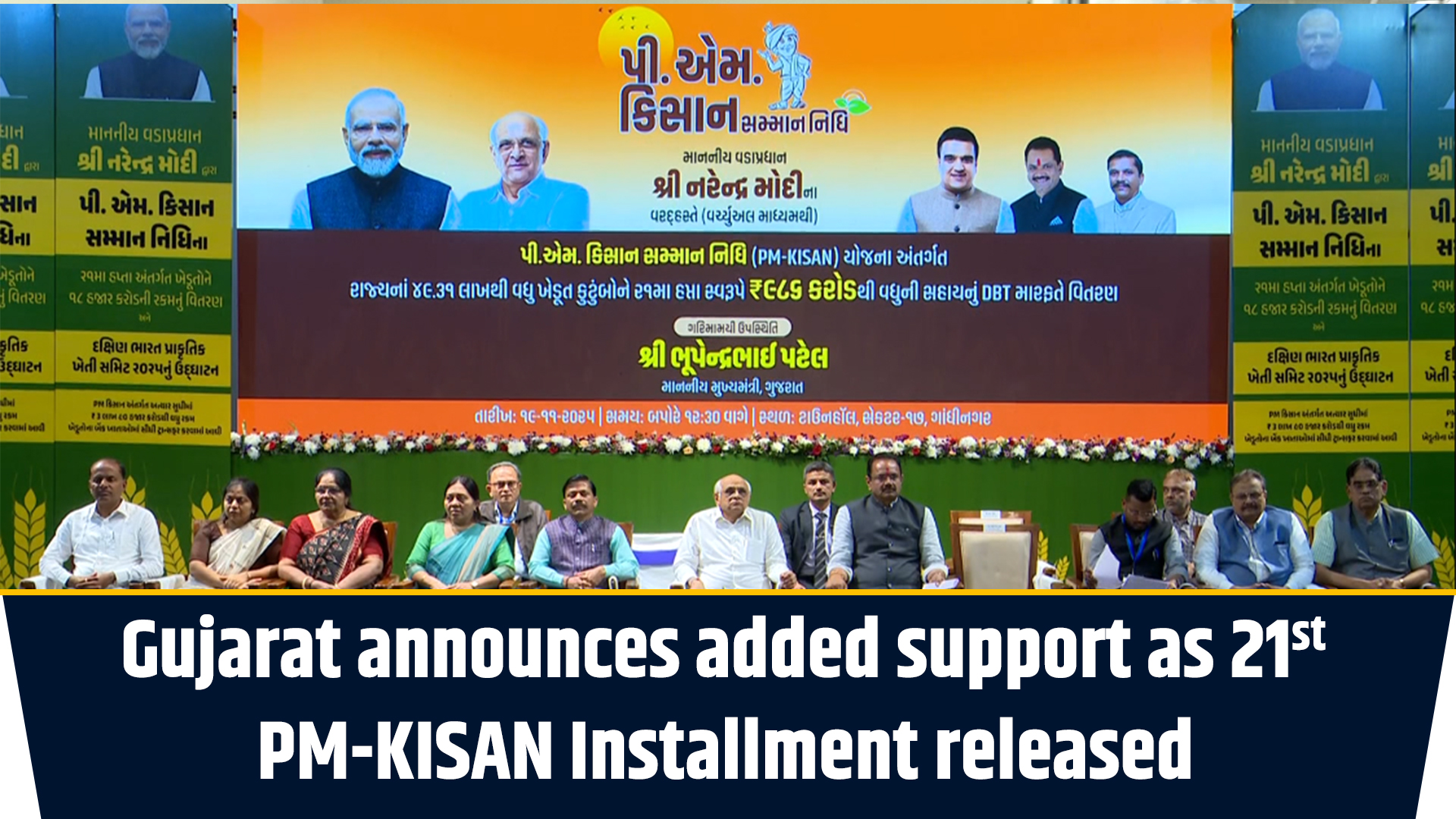From policy to progress: India's steady march towards Sustainable Development Goals
Mar 21, 2023

New Delhi [India], March 21 : The world is witnessing an unprecedented rate of urbanization and development, however, this has also exerted an equally significant impact on our environment and the quality of life. As a result of the urgent environmental challenges facing the world, the United Nations created 17 Sustainable Development Goals (SDGs), calling for actions from all countries.
While all these goals are interconnected, 5 of them are primarily connected to the environment. They are i) Make cities and human settlements inclusive, safe, resilient, and sustainable; ii) Ensure sustainable consumption and production patterns; iii) Take urgent action to combat climate change and its impacts; iv) Conserve and sustainably use the oceans, seas, and marine resources for sustainable development; and v) Protect, restore, and promote sustainable use of terrestrial ecosystems, sustainably manage forests, combat desertification, halt and reverse land degradation and halt biodiversity loss.
With India's adoption of these goals, NITI Aayog, the government's premier think tank, has been entrusted with the task of coordinating the SDGs, mapping related schemes and their targets, and identifying lead and supporting ministries for each target.
With the country's population rising, 40 per cent of Indians are expected to live in urban areas by 2030, a phenomenon that will inevitably exert significant pressure on a city's infrastructure and resources. To tackle these issues, the 'Smart Cities Mission' was launched in 2015 to promote sustainable and inclusive cities providing core infrastructure, offering a decent quality of life, and a clean and sustainable environment through the application of smart solutions such as data-driven traffic management and intelligent lighting systems.
Among the 100 cities shortlisted for this initiative is Visakhapatnam, a port city on the East Coast of India that has scored 100% in energy-efficient street lighting. It has developed a comprehensive disaster management plan with a green cover of more than 35% against the national urban average of more than 20%. Amritsar, a city in North India, aims to introduce more e-vehicles and 'smart cards', provide a feeder network for last-mile connectivity, and digitize the public transport system. This will not only reduce costs and make public transport more accessible but also benefit the city's environment.
To ensure sustainable consumption and production patterns, concerted efforts are being made by the government, consumers, and large-scale players to implement sustainability along the entire value chain. The government is enticing businesses to adopt sustainable manufacturing, including Make-in India, Atmanirbhar Bharat, Zero defect-zero effect, and the National Mission for Sustainable Agriculture.
In a study conducted by Oxford Economics and SAPSE, 62 per cent of businesses in India had clearly communicated their sustainability plans. For instance, Hindalco, one of India's largest aluminium manufacturers, has been working towards increasing recycled aluminium use in its global operations. Its utilization of overall waste also reached 80% in FY2021, in line with the company's goal to achieve zero waste to landfill by 2030. Hindalco achieved the No.1 rank in the aluminium industry for its sustainability performance in the 2021 edition of the S&P Dow Jones Sustainability Indices (DJSI) Corporate Sustainability Assessment (CSA) rankings.
Indian consumers wish to leave an impact on the planet by prioritising spending on sustainable products and contributing to local businesses, as per a recent American Express Trendex report. The survey found that more than 87% of respondents always or often purchase sustainable products and 97% are interested in spending money on items that will positively impact local
businesses and communities, the highest among all other surveyed countries.
With its G20 presidency, India is prioritizing action on climate change through its slogan 'one earth, one family, one future'. To combat climate change, several initiatives have been introduced - for example, the country is likely to reach its near-term renewable energy target of 175 GW by mid-2023. India is already the world's third-largest producer of solar energy and boasts with the lowest costs.
Other initiatives to reduce dependence on fossil fuels include the 'National Hydrogen Mission', which aims to make India the world's largest hydrogen hub. The efforts of the mission have resulted in the recently approved Green Hydrogen Policy, which will not only enable much-needed positive change to the environment but also provide a regulatory framework for carbon trading to further encourage the consumption of renewables.
Several initiatives, programmes and policy interventions have been launched to protect marine and coastal ecosystems, mangroves and coral reefs. India joined the High Ambition Coalition for Nature and People, initiated at the 'One Planet Summit' that aims to promote an international agreement to protect at least 30% of the world's land and ocean by 2030. With plastics being a major concern for marine biodiversity, a nationwide ban on single-use plastics was implemented
in July 2022. Further, under the 'Swachh Sagar, Surakshit Sagar/Clean Coast Safe Sea' campaign, a 75-day citizen-led campaign for improving ocean health through collective action was also launched. It is the first-of-its-kind and longest-running coastal cleanup campaign in the world. This campaign would raise awareness about how plastic use is destroying our marine life.
India is displaying its commitment to the conservation and restoration of natural ecosystems and is committed towards the conservation and management of mangroves. The government rolled out the 'Mangrove Initiative for Shoreline Habitats and Tangible Incomes', under which mangrove plantations along the coastline and on salt pans will be taken up. The emphasis is on mangroves because this tidal forest serves as a nursery for several organisms. It also acts
as a bulwark against coastal erosion, sequestering carbon and providing livelihoods to millions of people, besides harbouring an array of faunal elements in its habitat.
To combat deforestation and increase forest cover, India has implemented programs such as Joint Forest Management, which involves the participation of local communities in the management of forests. The government has also launched the 'Green India Mission' with the aim of increasing forest cover by five million hectares.
SDGs require every country to judiciously prioritise, and adapt the goals and targets in accordance with local challenges, capacities and resources available. While much is yet to be done, India has already taken aspirational steps towards achieving these goals and targets.

















